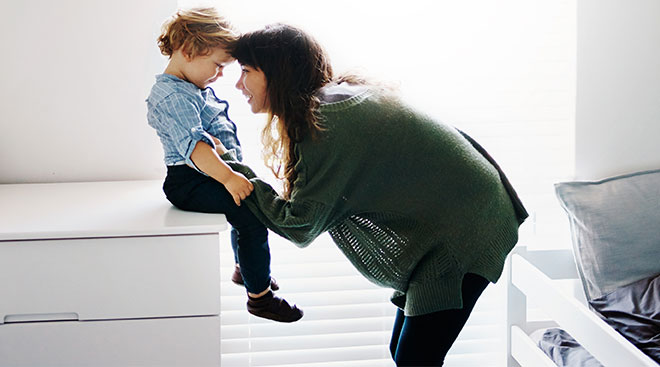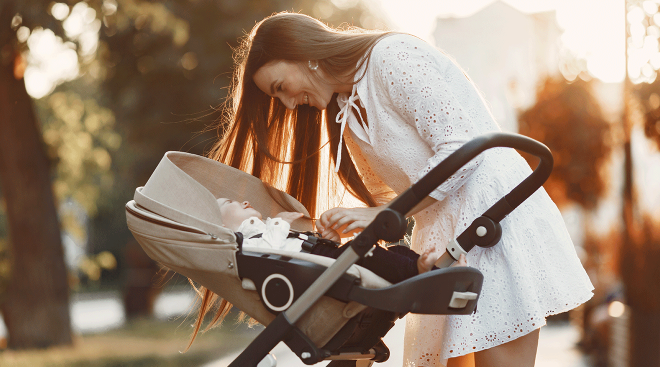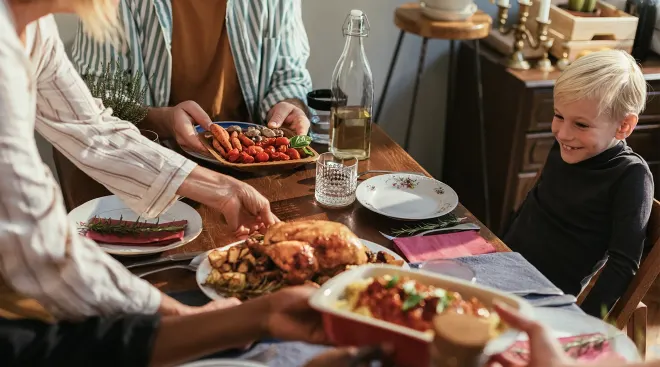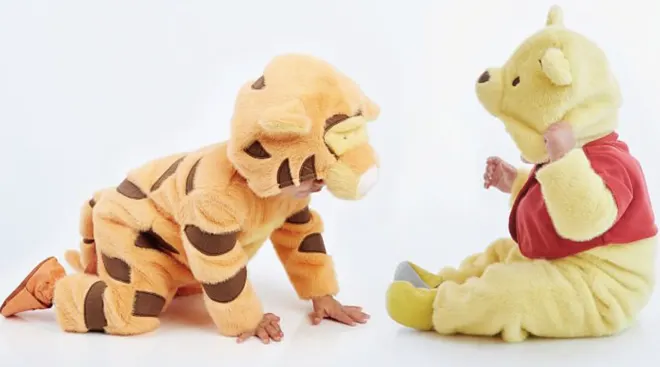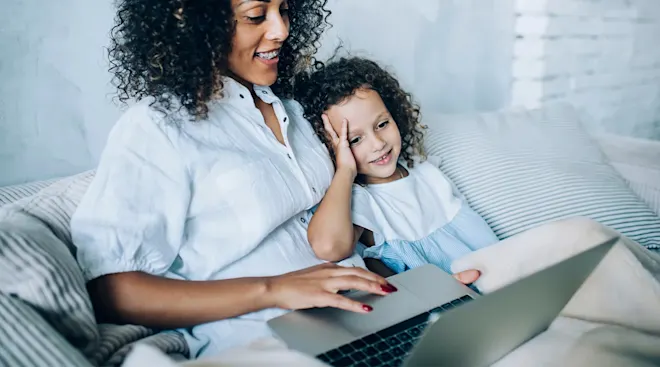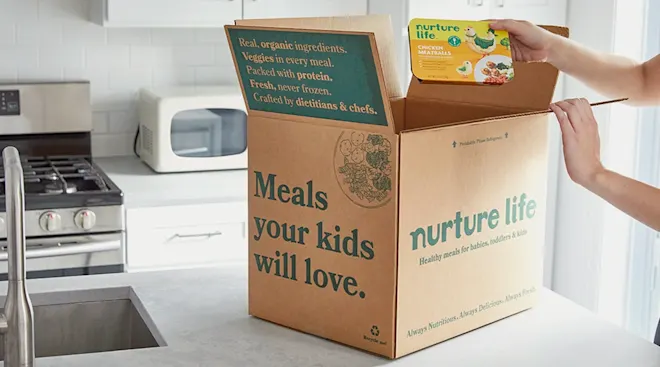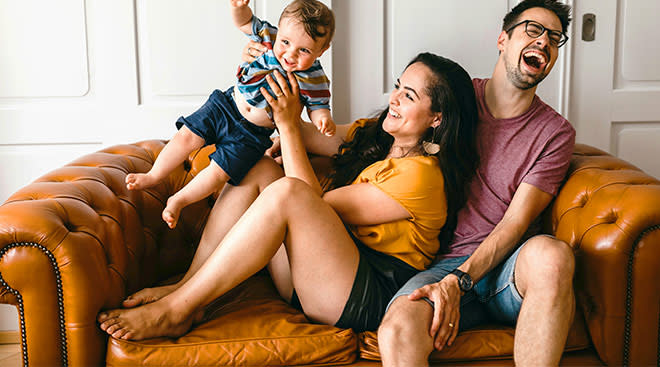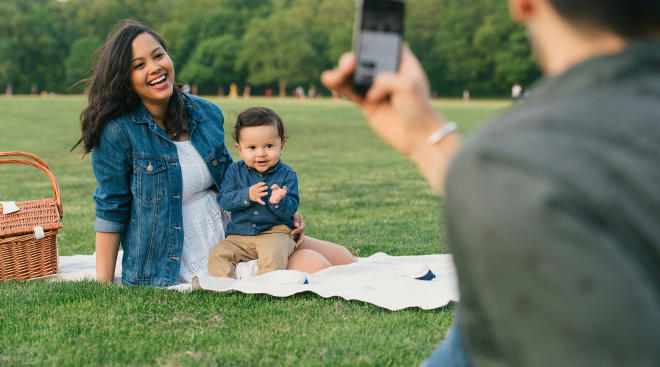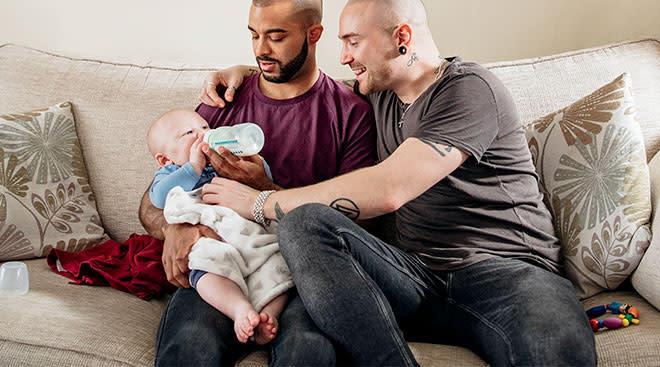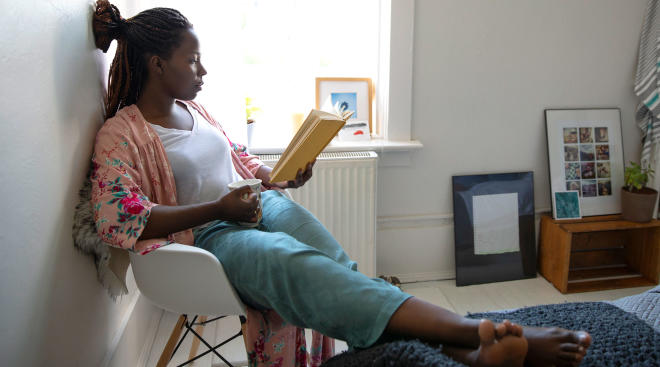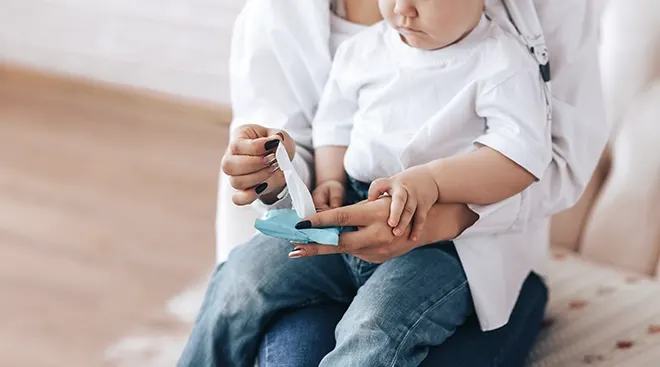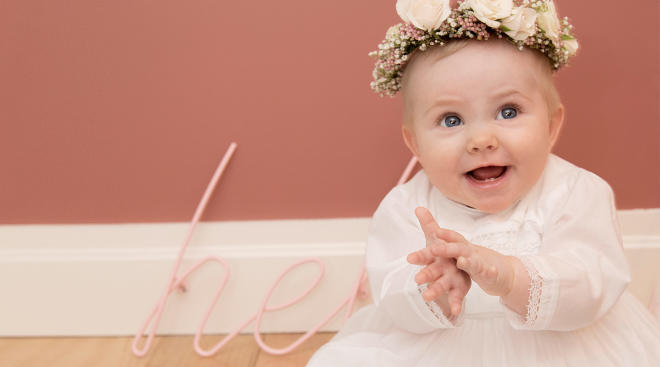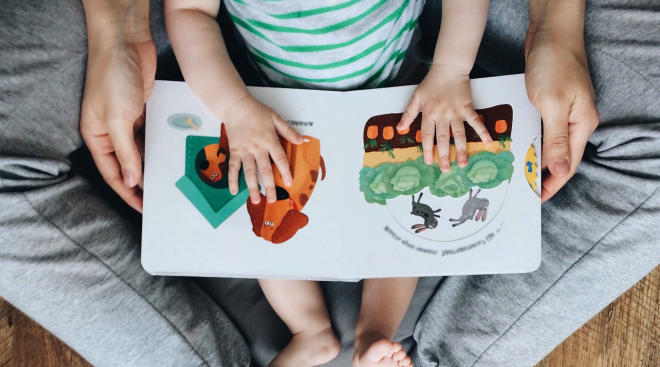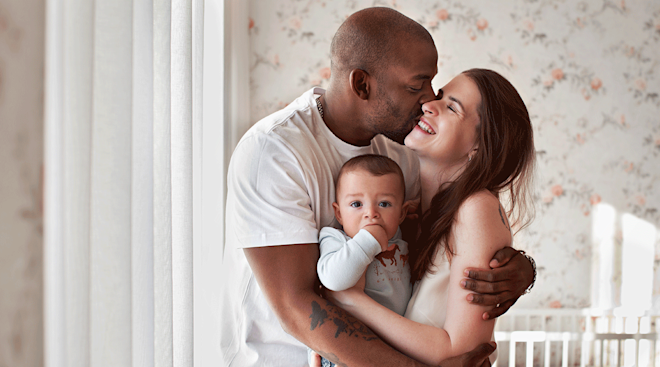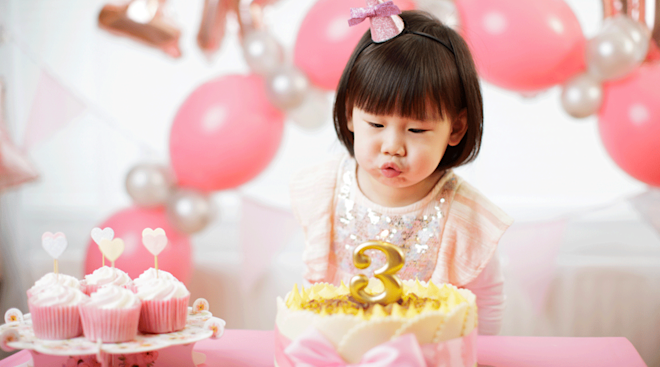When my White 6-year-old son saw an aerial image of protests on CNN, he nonchalantly commented that all the people demonstrating look like ants. I scrambled to explain why this was happening in a way a kindergartener might find meaningful. But to be completely honest, I was ill prepared for this conversation. How exactly do you explain #BlackLivesMatter to a young child?
Parents generally have a decent tool kit for talking about kindness, generosity and empathy, but when it comes to discussions that zero in on race and racial injustice, the conversations often lack depth or come to a lull altogether, especially in White families. When I asked my White friends if they are talking to their children about race, most acknowledged that beyond reading books about Martin Luther King Jr., Rosa Parks and Harriet Tubman, they didn’t quite know how to address race and racism. Another common reply was that they teach their kids that everyone is equal, and that skin color, like hair color, doesn’t matter. Except it does. It’s simply not enough to brush up on history and embrace the idea of “not seeing color,” which some scholars equate to not seeing the actual person.
White families tend to embrace the “we are all the same, we are all people” strategy, and while it makes sense to equalize, this approach doesn’t do much when (not, if) kids see inequality play out in real life. “The ‘egalitarian’ language is especially challenging for White children because they won’t understand why discriminatory behaviors or biases contradict their perceived equal attitude about race,” says Riana Anderson, PhD, an assistant professor at University of Michigan School of Public Health who studies racial discrimination and socialization in Black families.
Rather than passing down equalizing language by default, or even telling kids what you think (which may make them afraid to contradict you in the future), ask questions and provide space for their own thoughts. “Kids talk very comfortably; parents are the ones who make this a challenging conversation,” adds Anderson. “It should be an everyday occurrence. If you see anything, let them talk to you about it.”
So when is the right time to start having these conversations—and what are some concrete tactics for making sure your conversations impart important lessons in age-appropriate ways? Read on to hear what experts have to say.
Children are not born with racial bias. Some parents worry about introducing the concept of race and racism “too soon,” concerned it will taint kids’ supposed “color-blind” view of others. But research shows that children begin noticing race—and basing their thoughts and actions on race—far earlier than many might realize.
According to a 2005 study, babies as young as 3 months old will notice race by looking longer at skin color that matches that of their caregiver (though of course they don’t yet think of different skin color as race).
By 9 months old, babies start having trouble telling faces apart within another race, and struggle to accurately match emotional sounds with emotional expressions of different-race people, a 2012 study showed. “Infants under 9 months of age tend to be equally good at telling the difference between faces within multiple groups,” says Lisa Scott, PhD, a professor of psychology at the University of Florida and study co-author. “So they treat faces within both familiar and unfamiliar groups equally. Infants older than 9 months who don’t have experience with an unfamiliar race tend to have more difficulty telling faces apart in that group, but have no problem distinguishing faces within a group of people they have a lot of experience with.” Adults act the same when it comes to identifying faces of people in groups that they don’t interact with on a regular basis.
One thing you can do to help increase recognition is to address people by name. “Infants learn more about people when they learn to match a proper level name (“Lisa”) with the face,” says Scott. “This matching of the face and the name leads them to learn more about faces and to be better able to tell apart people within groups.”
Two-year-olds start to make conclusions about other people’s behavior based on their race, and around 30 months, skin color starts to play a role in choosing playmates. By age 3, both Black and White children tend to have a preference toward a White playmate, and this bias continues until around 5 years of age, according to researchers, who believe this is because of the social norms that trickle down into their environments—say, predominantly White characters in the toy aisle. The racial bias that kids this age develop extends beyond selecting playmates. A year-long study found that preschoolers use racist language to produce harmful results, to evoke emotional reactions in others and to recreate social hierarchies.
Families who haven’t experienced racial injustice first-hand may not always bring the topic up with their kids, and if they do, these at-home discussions are somewhat hypothetical and sound a little like this: “If you hear someone called a name because of their skin color, stick up for them.” Unfortunately, for many other children, these situations are not hypothetical at all. “Wherever you are, having lighter skin means you have more privilege,” says Rosanna C., mom to two boys, ages 4 and 7. “With my oldest one, we experienced racism when he was 4 years old when he asked me why we were the color of poop.”
For parents of color, these conversations about race are ongoing—they simply don’t have a choice when it comes to talking about racism. But the discussions should be ongoing in White families as well. “It’s important for White parents to recognize race and address issues with their kids because silence breeds contempt,” says Jennifer Keitt, a certified human behavioral consultant and co-author of the children’s book #StrongKids. “By not talking with their children about the amazing diversity of culture and race that exists, White parents are robbing their children of the chance to experience diverse relationships. In America, silence hasn’t helped further race relations. In fact, it’s done the opposite: Silence has alienated, angered and aggravated race relations. When we all do our part and make race conversations common at our dinner tables, then maybe the path to healing in this country can begin.”
Wondering how to go about having those conversations about race with your young kids? Here are five tips to keep in mind.
1. Address Your Own Discomfort with Talking About Race
Before you start discussing race with your kids, think about how you discuss race and racism with other adults. Are you having in-depth conversations about structural racism and how it’s affecting our communities as part of regular dialogue, or is this a topic that comes up when you see breaking news about another brutal and unnecessary death of a Black person? Does race and racism come up at all?
The big question is, how comfortable are you talking about race? Chances are, if you’re White, the answer may be “not very.” The reason for this, argues American anti-racism educator Robin DiAngelo, is that those who grow up in generally segregated neighborhoods are typically unburdened from the experiences of racism—meaning they don’t develop the emotional and cognitive skills to face racial stress, talk about racism and reflect on their white privilege. There is a big difference between knowing that something exists—Gallup reports that 60 percent of Americans say that racism against Black people is prevalent—and experiencing it first-hand. “We have cycles of people who have never unpacked this, and we are passing it on to our kids,” says Anderson.
The unknown is uncomfortable. The unknown is scary. You have to learn to be comfortable with the discomfort before you can relay anything to your kids, continues Anderson. You may be afraid to place yourself in an unfamiliar situation or say the wrong thing and so you avoid it, but just as babies need to try foods multiple times to see if they like it, you too can’t give up on something different just because it’s not peachy right off the bat. “If we allow fear to dictate what we do and who we meet, we are not going to move forward in a society,” says Charisse Pickron, PhD, a postdoctoral fellow at the Institute of Child Development at the University of Minnesota. By overcoming your own feelings of discomfort, you’re ensuring that your kids won’t feel the same awkwardness as they get older.
The good news is that there are some excellent resources to help you understand the issues at play, from Facebook webinars to action guides on community-focused sites like EmbraceRace and Racial Equity Tools.
Yes, the learning curve can be overwhelming. But before you think that you can’t grapple with this, think outside yourself, like Amy C., mom to two girls, 3 and 7, who says, “It makes my heart heavy thinking and talking about these things with my kids, but when I think about the conversations Black families have been having for generations it doesn’t even measure up. I only hope I’m helping raise a person who will take the baton and continue the fight.”
2. Diversify Your Kids’ Books and Other Media
You wouldn’t want your kids to live in a world where every girl is a pretty princess and every boy is a superhero, right? You likely make a conscious effort to show your kids, even from an early age, that they can be whoever they want to be regardless of their gender. The same mentality should apply to exposing your children to other groups as a tool to battle stereotypes. Given that infants and toddlers internalize their surroundings, you want to make their environments as rich and diverse as possible.
Unfortunately, that’s not always possible, especially now that the coronavirus pandemic has made us even more isolated from other people. This is where books come in.
While it’s important to read books featuring the stories of historical Black heroes such as Harriet Tubman, Martin Luther King Jr., and Rosa Parks (the Little People, Big Dreams series has board books that break it down for toddlers and longer, more detailed books for preschoolers), you also want to build up your bookshelf with stories that show regular kids of all backgrounds and skin colors, doing regular things. (Need help finding one? Explore reading lists from Social Justice Books or We Need Diverse Books, or follow @TheConsciousKid, @diversereads and @hereweeread on Instagram.)
Take Jabari Jumps, a story about a boy (he happens to be Black) who finds the courage to jump off the diving board thanks to his dad’s supportive actions. It’s a beautiful story about taking time to find your own kind of bravery, something that all kids need to embrace. Next time your child is weary about going down a new slide, try saying, “Remember how Jabari took his time on the diving board? Let’s do that now.” Not only are you translating the lesson from the story book pages into real life, but your child will associate this Black boy with a role model. “Let these narratives build into children’s lives from early on; it sets what normal is,” says Pickron. Prejudice develops when kids see what’s “abnormal” as something that is not their normal.
The same idea applies to what your kids watch. The characters in Doc McStuffins, Nella the Princess Knight, Xavier Riddle and the Secret Museum and Molly of Denali emphasize that anyone can take the lead in their own way.
The goal here is to erase the idea of a stereotypical narrative. Reading books and watching kid shows with homogenous characters only fortifies the idea that one group dominates. “Your child is not going to be astute enough to point out that everyone is the same,” says Anderson. Without constant exposure to different races, having a conversation about racism is going to be that much harder down the line.
3. Listen to Your Kids, Then Talk
Anyone who’s talked to a toddler knows that they narrate what they see (“why doesn’t Daddy have any hair on his head?”). This age group is fortunate in that no amount of social stigma can quell their curiosity. Toddlers and preschoolers seem to want an explanation for everything. Why is it raining? Why is that girl’s skin dark? These are all opportunities to explain things in a very matter of fact way.
If you notice that your child is identifying another child by the color of their skin, step in and steer the identification in a non-physical direction, say by learning the child’s name or what the child is doing (the girl who likes the swings). “The brain responds differently when you say, ‘this is ‘Sally,’ or ‘Susie,’” says Pickron. “Studies show that racial bias decreases when preschoolers learn people’s names.”
Like the children’s books you read, these conversations will increase in complexity, Anderson says. You wouldn’t follow Chicka Chicka Boom Boom with Shakespeare—so you can’t expect to expedite conversations about race and racism. The important thing is to start small and build on it. As letters turn into words, then sentences and complex ideas, so does understanding of race.
4. Explore Beyond Your Community
More likely than not, you go to the same playgrounds, the same coffee shops and the same grocery stores in your neighborhood. It makes sense. Why drive to a park across town when there is a perfectly good one five minutes away? Staying close to home is easy, and comfortable. But driving that extra mile can help your child be not just more open-minded, but also empathetic. While playing at a new playground, they may realize that yes, playing in unfamiliar territory can be uncomfortable, but how nice it is when someone welcomes you in a new space? The hope is that when a new child comes to their playground, they won’t hesitate to include them in their play.
Attending family-focused cultural events is another great option, especially if your neighborhood lacks diversity. “You might not think that they’re culturally relevant to you, but the more exposure we have to learning about people or the foods they eat, the more it helps reduce the notion that the ‘other’ is not good,” says Pickron.
5. Intervene and Disrupt the Status Quo
Recurating your child’s bookshelf and broaching the subject of race and injustice with your kids is critical groundwork. By taking action, you can further expand on the conversation.
Decide what that might mean for your family. Perhaps it’s attending a protest, or hanging a sign in your window. Racial equity advocate Adelaide Lancaster, who participated in the Talking to Kids About Racism webinar, says her daughter still remembers when their family put out a #BlackLivesMatter sign in acknowledgement of Michael Brown’s death—and she was just 4 years old at the time. Or maybe you choose to fight prejudice and racism by seeing if your child’s daycare, preschool or library storytime program is taking steps to push for equity. By talking to your child’s teacher and volunteering, you can learn whether the curriculum includes diverse books or whether kids are integrated when they play or do group activities. And if they aren’t, it might be time to speak up.
About the experts:
Riana Anderson, PhD, is an assistant professor at University of Michigan School of Public Health who studies racial discrimination and socialization in Black families. She earned her PhD in clinical and community psychology at the University of Virginia and completed a Postdoctoral Fellowship in Applied Psychology at the University of Pennsylvania.
Lisa Scott, PhD, is a professor of psychology at the University of Florida with research interests in infant learning, perception and cognition, brain development and early experience. She earned her PhD in child psychology at the University of Minnesota, Twin Cities, in 2004.
Jennifer Keitt is a certified human behavioral consultant, an executive life coach and co-author of the children’s book #StrongKids. She is also the co-founder of The Keitt Institute, a nonprofit that works to empower women of all ages.
Charisse Pickron, PhD, is a postdoctoral fellow at the Institute of Child Development at the University of Minnesota who is researching changes in infants’ perception and representations of people and face groups within their environment. She earned her PhD in developmental psychology at the University of Massachusetts Amherst in 2018. Plus, more from The Bump:
Navigate forward to interact with the calendar and select a date. Press the question mark key to get the keyboard shortcuts for changing dates.
































